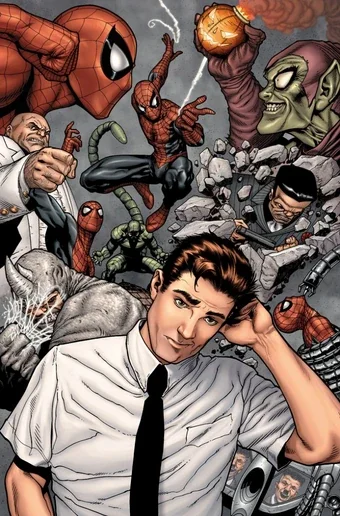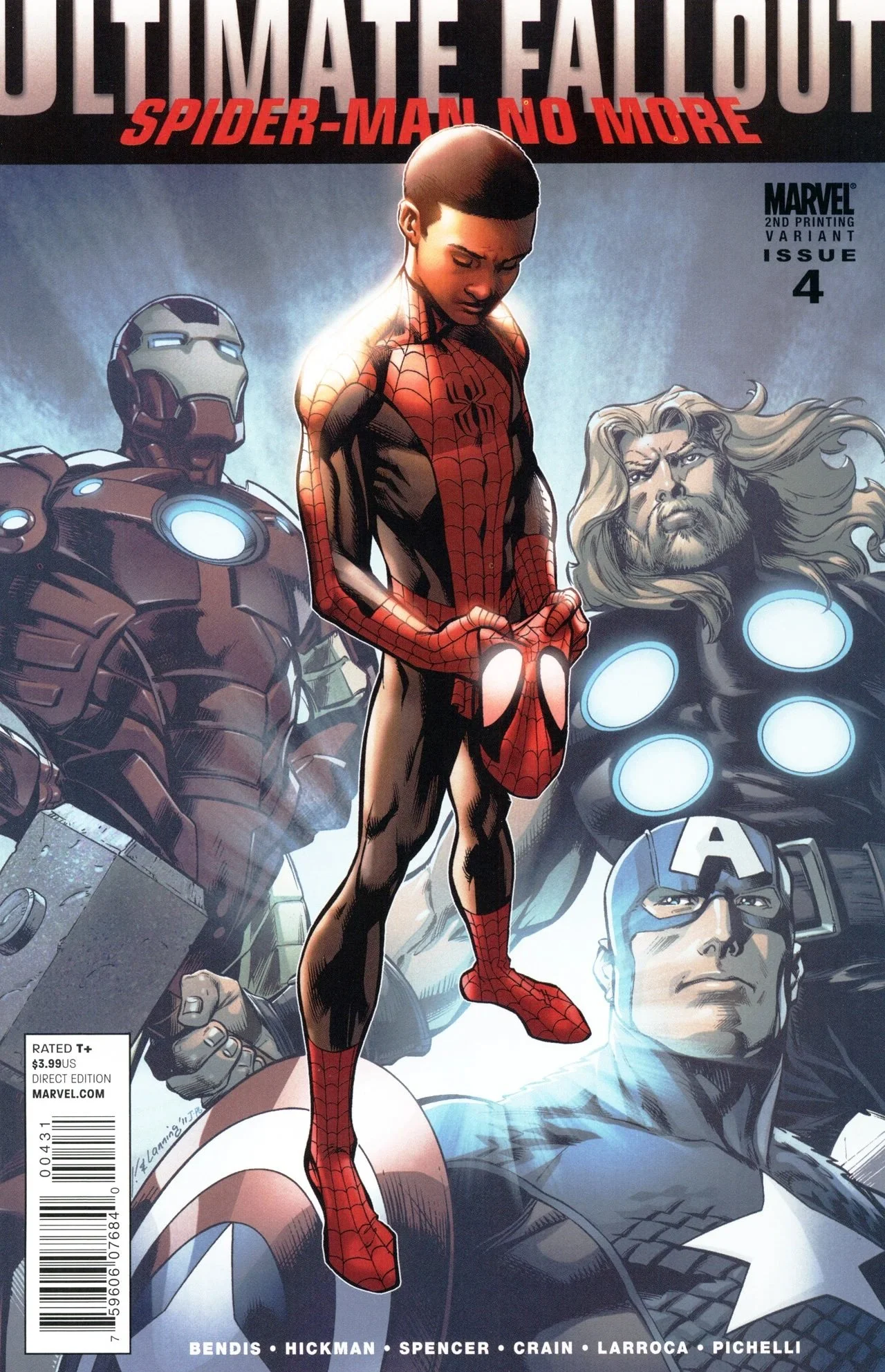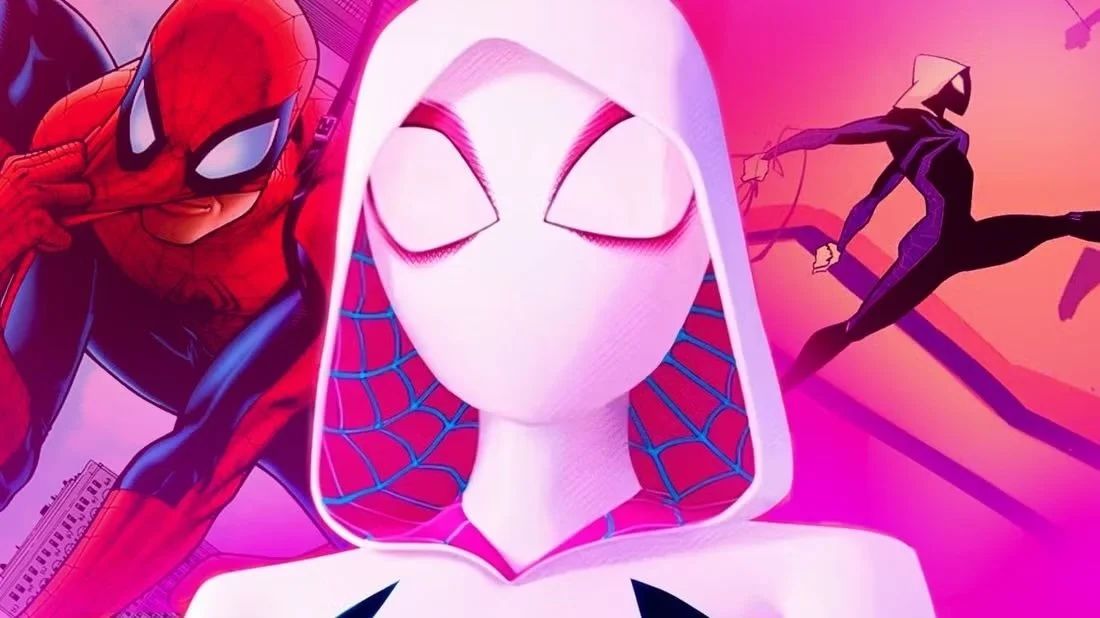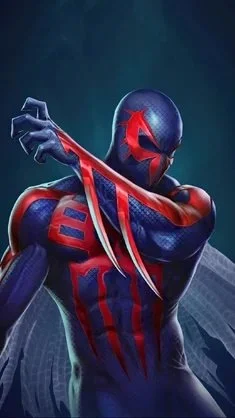The Many Faces of Spider-Man: Which Versions Soared and Which Faded into the Web
Ask any comic book fan to name the most iconic superhero, and chances are high Spider-Man is near the top of the list. Since his first appearance in Amazing Fantasy #15 (1962), Peter Parker has swung through decades of storytelling in a dizzying array of forms. Some Spider-Men (and Spider-Women) have flourished in the spotlight, while others have been quietly swept under the rug of comic book history.
Let’s pull at the threads of the Spider-Verse and explore which iterations of the character stuck the landing—and which face-plants were best left forgotten.
🕷 The Gold Standard: Peter Parker – Earth-616
This is the OG. The awkward, brilliant teenager from Queens who learns that “with great power comes great responsibility.” Stan Lee and Steve Ditko gave us a hero who was both extraordinary and painfully ordinary—a kid juggling homework, a job, and crime-fighting.
Peter’s run on Earth-616 became the blueprint for superhero vulnerability. And yes, he flourished. From The Night Gwen Stacy Died to Kraven’s Last Hunt, the 616 Peter Parker continues to be Marvel’s most emotionally resonant hero. His books remain steady sellers, his key issues mainstays on CGC census charts, and his character an ever-relevant archetype.
🚨 Fan Favorite Reboot: Miles Morales
When Ultimate Fallout #4 dropped in 2011, introducing a young Afro-Latino Spider-Man from Brooklyn, some fans balked. But Miles Morales quickly proved he wasn’t just a diversity checkbox—he was a new voice for a new generation.
Backed by the critically acclaimed Into the Spider-Verse film (2018), Miles catapulted into mainstream pop culture.
His comics sell well, his animated stories inspire new collectors, and his first appearance has become one of the hottest modern keys on the market. Verdict? Flourished. Big time.
🌍 What If, But Actually What’s Next? Spider-Gwen (Gwen Stacy)
Originally a What If-style concept from Edge of Spider-Verse #2 (2014), Spider-Gwen turned into a breakout success. With her neon-pink costume, alt-rock energy, and drums instead of drones, Gwen Stacy as Spider-Woman redefined what an alternate universe hero could be.
Her books spiked early in the CGC census, and she’s remained a collectible darling. Factor in her growing role in animation and cosplay, and she’s not going anywhere. Flourished, especially among younger and female readers.
🕸 Time’s Forgotten Webs: Ben Reilly and the Clone Saga
Oh, the '90s. Big shoulder pads, foil covers, and… Ben Reilly. Introduced as a clone of Peter Parker, Ben eventually took on the mantle of Spider-Man, complete with his own hoodie-toting Scarlet Spider persona.
While Reilly has a cult following, the Clone Saga is infamous for convoluted storytelling and fan frustration. Marvel tried reviving him multiple times, but his presence has never regained full traction. Partially forgotten, with occasional blips of nostalgia-fueled interest.
🕷 Sentient Suit and Space Oddities: Spider-Man 2099, Noir, and More
Spider-Man 2099 (Miguel O’Hara) debuted in 1992 and fused cyberpunk flair with classic Spidey ethos. He’s had consistent, if not spectacular, presence—revived recently thanks to Across the Spider-Verse.
Spider-Man Noir, on the other hand, is all trench coats and smoky alleys—a pulpy reimagining that never quite stuck in comics but found surprising love in animation and memes (thanks, Nic Cage). These iterations? Not forgotten, but definitely side characters in the broader mythos.
😬 And Then There’s… The Forgotten Many
Let’s take a moment for:
Spider-Man India (Pavitr Prabhakar) – charming but underused… until his brilliant Spider-Verse glow-up.
Japanese Spider-Man – he had a giant robot named Leopardon and somehow inspired the Power Rangers. Wild, wonderful, but definitely niche.
The Spider-Mobile Era – yes, Peter once had a dune buggy. And yes, it was as weird as it sounds. Best left buried.
These versions didn't exactly flop, but they certainly didn’t flourish in the way mainstream readers or collectors demanded.
🕸 Final Webline
Spider-Man isn’t just a single hero—he’s a framework. One that can carry Brooklyn teens, cloned tragedy, jazz-era vigilantes, and cyberpunk scientists with equal flair. Some versions become essential keys in CGC collections; others are “$1 bin” darlings waiting for a second chance.
But each version, even the forgotten ones, adds another thread to the web—and in this hobby, that’s often what makes collecting fun.
Whether you swing with the classics or search for that next breakout Spidey, one thing’s certain: the Spider-Verse has room for every kind of collector.






